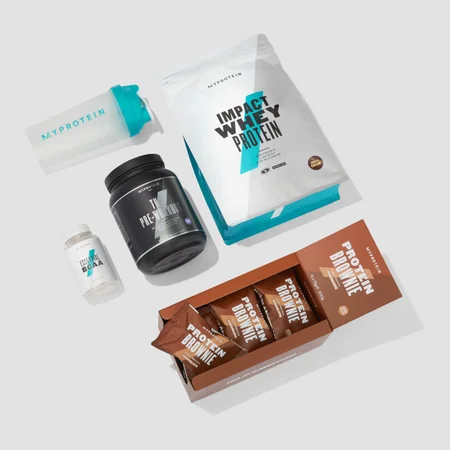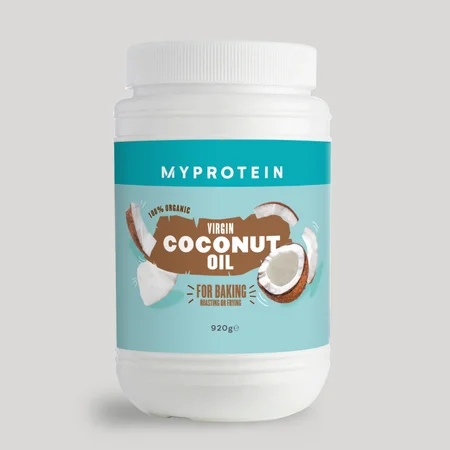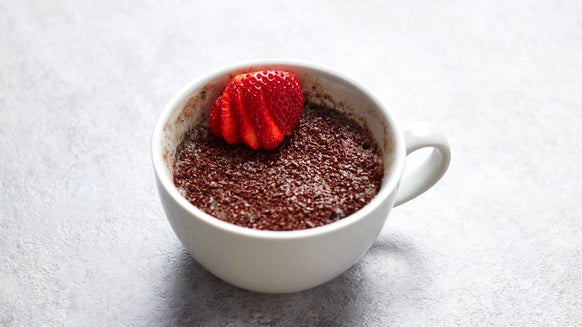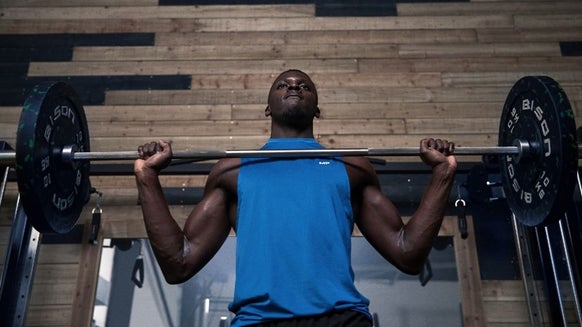High protein foods[/su_heading]
Money can often be an overriding factor for student athletes in terms of the food we are able to buy; therefore it is important to know how much the body really needs and some of the best sources for the lowest price.
As a student athlete myself who takes part in a range of physical activities from resistance training to sports such as football and boxing, it is important to know our body’s protein requirements to allow growth and development.
Protein requirements
Protein requirements can vary significantly depending on factors such as age, gender, exercise type/intensity and so forth.
However, the most generally accepted fact in the literature is that those who take part in exercise require greater amounts of protein.
Estimated requirements for:
*Strength training: 1.6 - 1.7g protein per kg of bodyweight
*Endurance training: 1.2 – 1.6 g protein per kg bodyweight
(Lemon, 1998) (both of these ratios being significantly greater than the generalized RDA provided)
...I use three factors to keep it a lot more simple!
FACTOR 1: Food proportions
So what are some of the most effective sources of protein for the lowest cost? These are just some of my favourite staples to fulfil my daily requirements:
1. Chicken - 24 g per 100g serving
2. Turkey breast/turkey mince – 17g per 100g serving
3. Peanut butter - 25g per 100g serving
4. Sardines – 24g per 100g serving
5. Tinned Salmon – 17g per 100g serving
6. Greek style yoghurt – Between 5-7g per 100g serving
7. Eggs – 6g per large egg
8. Myprotein Impact Whey – 82g per 100g serving
9. Chorizo - 25g per 100g serving
10. Green peas – 5.5g per 100g serving
When choosing your protein sources it is important to consider that I provided the protein content for 100g serving of each food...It is unlikely that we are going to eat all of those foods this size proportion.
For example, although peanut butter offers a greater protein content than chicken breast, we must remember that the chances of us eating 100g of peanut butter in a sitting is, for most, unrealistic - and the same with having an 82g of protein powder in one go (more than 3 scoops!)
For chicken breast on the other hand, quite often we might intake it in greater quantities than 100g at a time.
FACTOR 2: Nutritional content
Depicting sources of protein for your diet must take into account the nature of foods as a whole. Whilst, in terms of this article we are concerned with protein intake, in real-life we must remember the overall nutritional content of foods.
For example, relating to the point above, the reason we are less likely to consume peanut butter in 100g servings is mainly because that would contain 60g of fat (approximately 80% of our RDA).
The key element here is that if we are concerned about our protein consumption it is likely because we are motivated to improve and optimize our physical appearance and/or function.
Excess fat is exactly what we don’t want in this scenario because it will hide lean muscle and reduce performance (Cureton, 1992).
FACTOR 3: Digestion and absorbtion
Thirdly, possibly one of the most influential and forgotten factors when it comes to protein, the foods absorption and digestion characteristics:
Whilst it is widely accepted that the body absorbs proteins at different rates (Bilsborough, 2006); with reports that whey can be absorbed at a rate of 8-10g per hour, compared to an egg at 1.3g per hour, there are several other factors that impact the body’s protein digestion/absorption rate. These include:
- Amount of chewing that occurred before the food reaches the stomach
- Concentration levels of enzyme pepsin
- The acid levels of the food and stomach (this can be diluted with water consumption)
It is important to keep in mind that while there is no hard limit to the amount of protein that can be digested/absorbed, the utilization of protein is what is important. If you are not active, your body will not use it (Matthews, 1971).
Example high protein diet
I could spend hours providing greater detail into the information surrounding the protein debate, but for the sake of this article and its initial aim of providing cheap protein sources for the student, I've provided an example of my daily protein intake sources:
(/p) = Protein
Breakfast:
- 3 Large eggs scrambled (18g/p)
- 50g Spinach (2g/p), 40g Chorizo (23g/p)
- 2 slices wholemeal bread (9g/p)
Snack:
- 2 slices wholemeal bread (9g/p)
- 1 large banana (1g/p)
- 25g Peanut butter (7g/p)
- 150g Greek style yoghurt (6g/p)
Lunch:
- 200g chicken breast (40g/p)
- 1 red onion (1.1g/p)
- 50g Mushrooms (2g/p)
- Mediterranean wrap (6g/p)
- 10g light mayonnaise
Snack:
- MyProtein Impact Whey 25g (20g/p)
- 100ml semi-skimmed Milk (5g/p)
- 1 apple
Dinner:
- 200g Cooked Mince Beef (48g/p),
- 2 cloves of Garlic
- 1 cup green peas (7.9g/average p)
TOTAL:
Body weight: 80kg
Protein: 193g
Equalling an intake of 2.4g protein per kg bodyweight.
Take home message
Information provided is a very rough guide of what my nutritional intake might look like in one day, purely put together to get an idea of protein intake for this article.
Although the figures may seem high, as I am a young male adult (21 years of age) and partake in a significant amount of both resistance and cardiovascular training my requirements would be a lot higher than a sedentary adult.
Research by Bilsborough (2006) indicates theoretical maximum safe intake range for an 80 kg person (285 g to 365 g per day).










